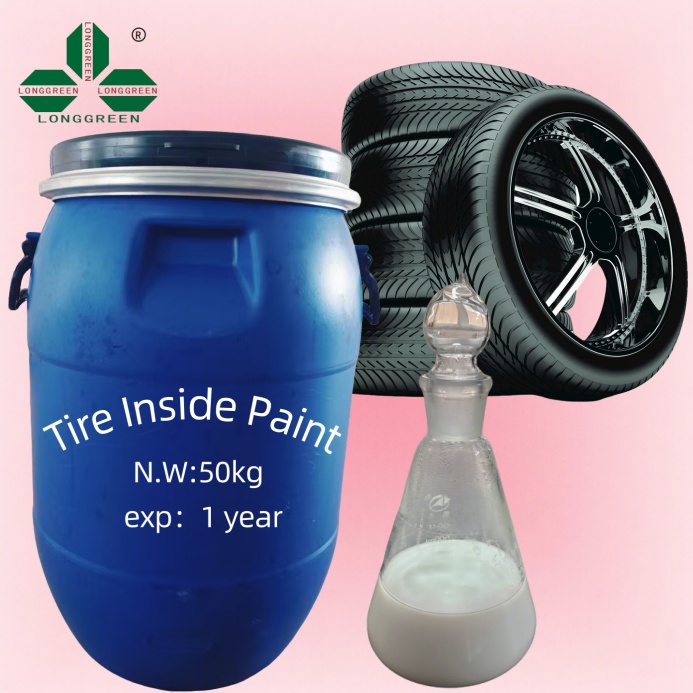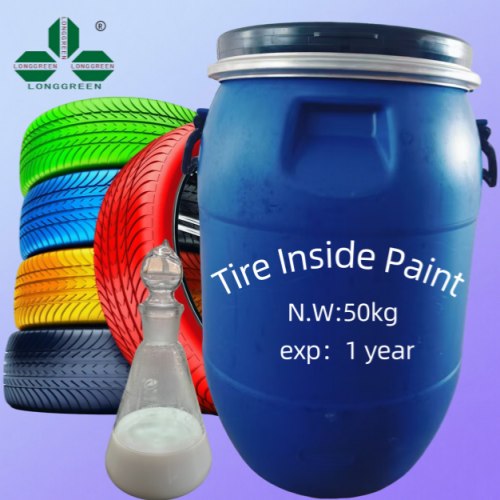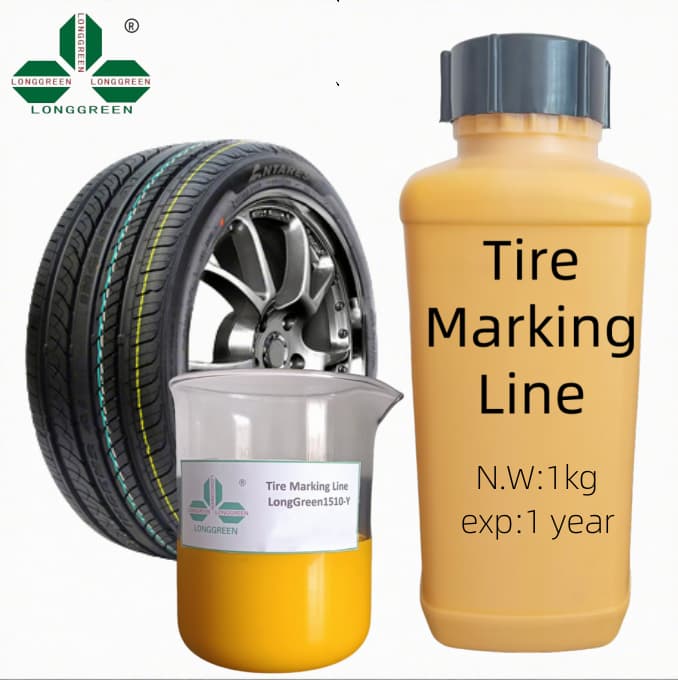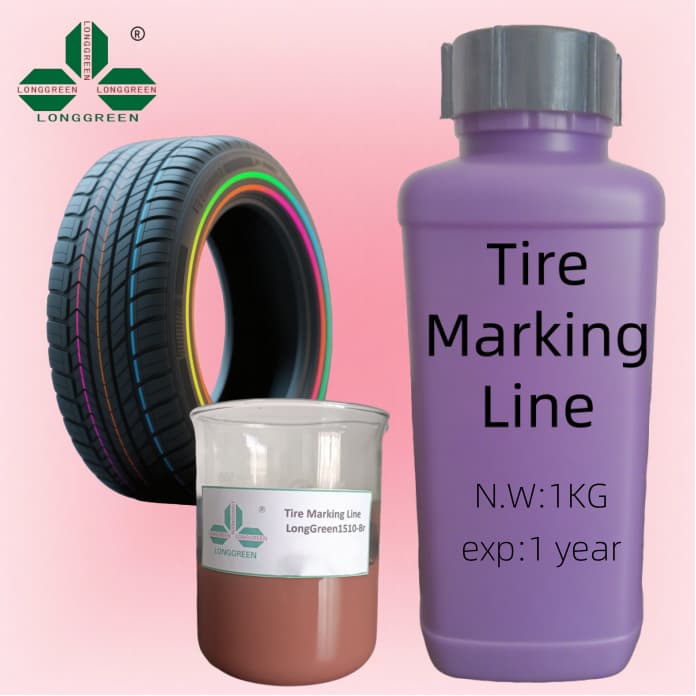In the dynamic world of transportation, the truck tire industry plays a pivotal role. As the unsung hero of the logistics chain, truck tires are the literal and metaphorical “feet” that keep the global economy moving—and the sector is the force that ensures these critical components meet global demand. From bustling metropolises to remote rural areas, trucks equipped with reliable tires transport essential goods, with this industry working behind the scenes to supply, innovate, and maintain this vital link. However, like any field, it currently faces a complex web of challenges and opportunities that shape its trajectory.
The global truck tire industry has been on a steady growth path in recent years. According to The Business Research Company, the market size of truck and bus tires— a core segment of the sector—was expected to expand from
45.31billionin2024to
46.96 billion in 2025, with a compound annual growth rate (CAGR) of 3.7%. This growth is projected to continue, reaching $56.41 billion by 2029 at a 4.7% CAGR, underscoring the industry’s resilience. The expansion is driven by multiple factors: the boom in e-commerce and last-mile delivery has surged demand for commercial vehicles, directly boosting the truck tire industry. For example, as online shopping becomes ubiquitous, more trucks are needed to move packages from distribution centers to homes—each requiring high-performance tires that the sector must supply.

Infrastructure development worldwide also fuels the industry’s growth. New roads, bridges, and highways—especially in emerging economies—improve transportation efficiency and expand opportunities for trucking companies. This, in turn, increases demand for new trucks and replacement tires, a key revenue stream for the truck tire industry. Fleet expansion and modernization further drive its growth: trucking firms upgrade their fleets to cut maintenance costs and meet regulations, often choosing advanced tires the sector has developed to enhance efficiency.
Yet the truck tire industry is not without hurdles. A major issue plaguing the sector today is the shortage of retreadable truck tire casings. As early as July, during another round of tire price hikes, the Retread Tire Association warned of this crisis—a threat that reverberates across the entire industry. RTA Managing Director Harvey Brodsky noted, “Whether or not you retread your tires or buy retreads, this shortage can harm you—whether you have one truck or one thousand. Retreads act as a brake on new tire prices.” The shortage stems from volatile market conditions, supply pressures, and skyrocketing raw material costs—all of which the truck tire industry struggles to mitigate.
Tire manufacturers in the sector have responded with price increases. Volatile global economies and shifting trade policies make it hard for the truck tire industry to predict demand or manage production. Supply pressures, such as shortages of natural rubber and synthetic polymers (critical for tire production), further strain the industry’s operations. Rising raw material costs—like fluctuating natural rubber prices due to weather in producing countries or supply chain disruptions—directly inflate its production expenses, forcing price hikes that ripple through the field.
Another critical challenge for the truck tire industry is meeting strict environmental regulations. As global sustainability efforts intensify, governments are tightening rules on emissions and fuel efficiency—pressuring the sector to innovate. The industry has responded by investing in R&D for eco-friendly tires: reducing rolling resistance (which cuts fuel use and emissions) is a top priority. Michelin, a leader in the truck tire industry, has developed advanced tread designs and materials to lower rolling resistance, setting a benchmark for the field.
The sector is also exploring recycled and sustainable materials. Goodyear, a key player in the truck tire industry, aims to power all manufacturing with renewable energy by 2040 and increase recycled materials (like rubber and steel) in its tires. Continental, another giant in the industry, plans to be carbon-neutral in operations by 2040 and make all tires from 100% sustainable materials by 2050—goals that guide the truck tire industry’s sustainability push.
Electrification in transportation presents both challenges and opportunities for the truck tire industry. As electric trucks enter the market, the sector must develop tires tailored to their unique needs—higher torque, heavier loads, and better energy efficiency. This shift is an opportunity for the industry to expand product lines and capture new market share, though it requires significant R&D investment.
In North America, the truck tire industry faces additional trade-related hurdles. Proposed tariffs on tires from Mexico, China, and Canada threaten the sector’s market stability. Dan Funkhouse, Yokohama Tire's vice president of commercial sales, noted in March 2025 that 2025 could be a “roller-coaster ride” for the North American commercial truck tire market. While 2024 saw a rebound driven by e-commerce, tariffs introduce uncertainty—compounded by inflation and changing consumer habits—for the region’s industry. Still, the North American truck tire industry has growth prospects: construction, e-commerce, logistics, and agriculture are expected to drive demand, as these sectors rely on trucks (and thus tires) the sector supplies.
Globally, regional trends shape the truck tire industry. In Europe, the sector is defined by strict regulations, high tech adoption, and a focus on sustainability—driven by consumer and fleet demand for eco-friendly tires the industry produces. In the Asia-Pacific region, the fastest-growing segment of the global truck tire industry, rapid economic development, expanding logistics networks, and urbanization are fueling demand, making it a key growth market for the sector.
The truck tire industry stands at a crossroads. It grapples with casing shortages, rising costs, regulatory pressures, and trade uncertainty—but also has opportunities in e-commerce, sustainability, and electric truck tires. For the sector to thrive, innovation, adaptability, and a focus on sustainability will be critical. As manufacturers, distributors, and stakeholders in the industry navigate these changes, their ability to evolve will determine the
truck tire industry’s success in powering the global economy for years to come.










